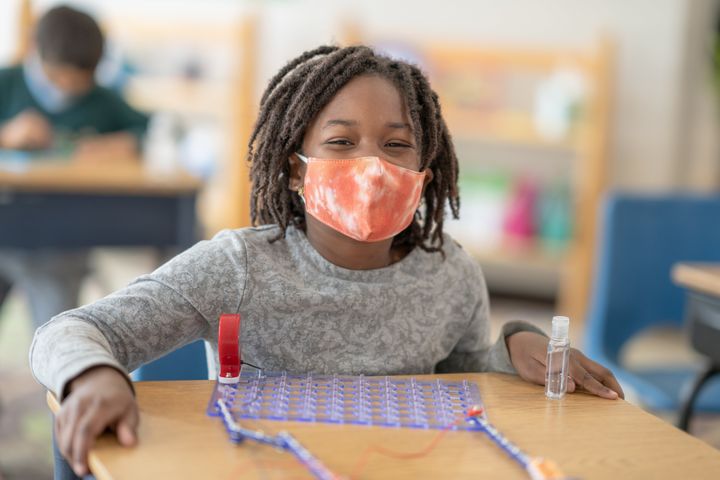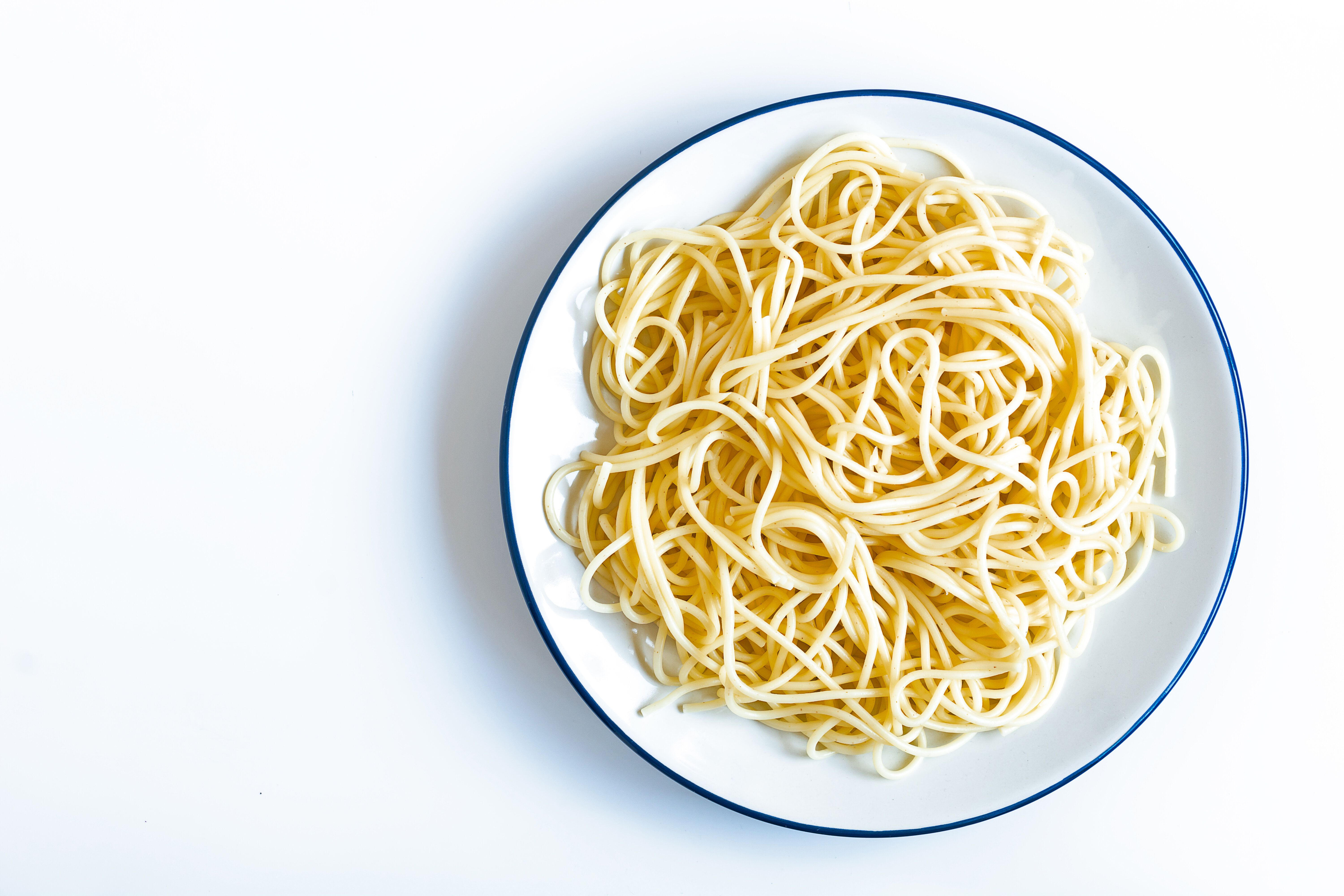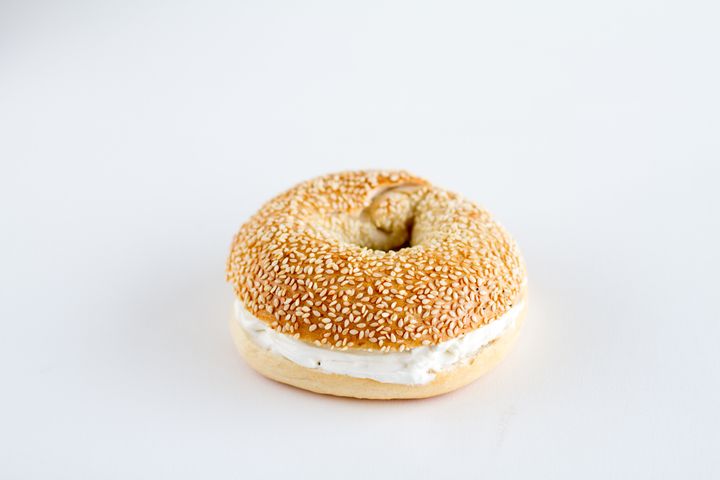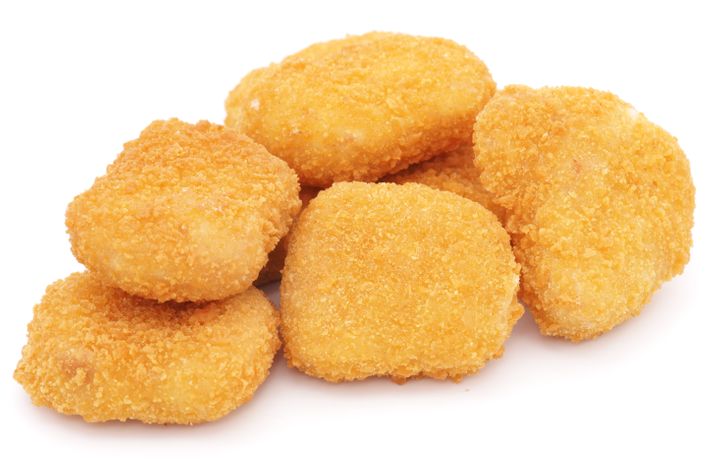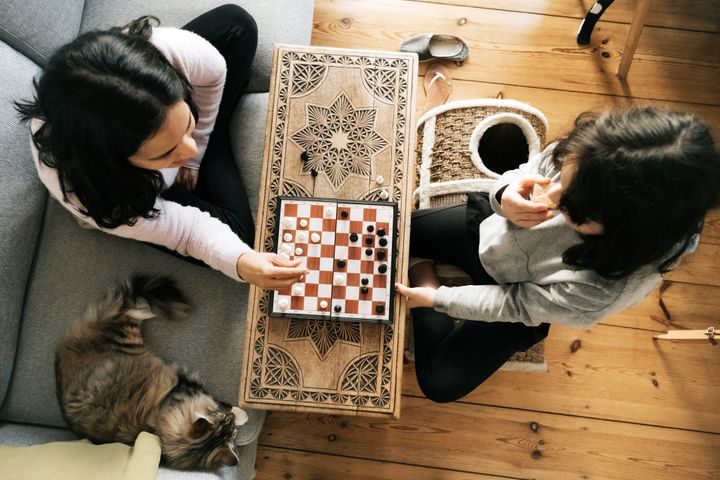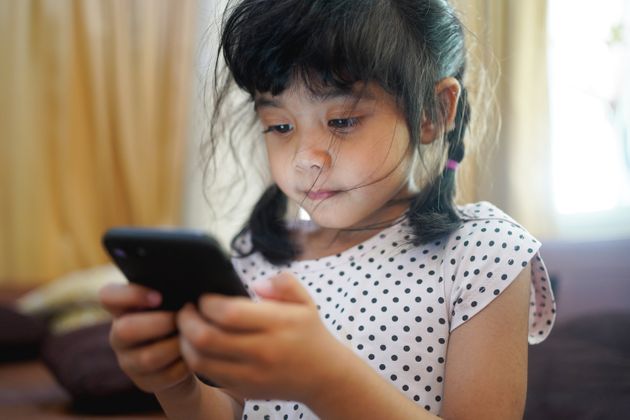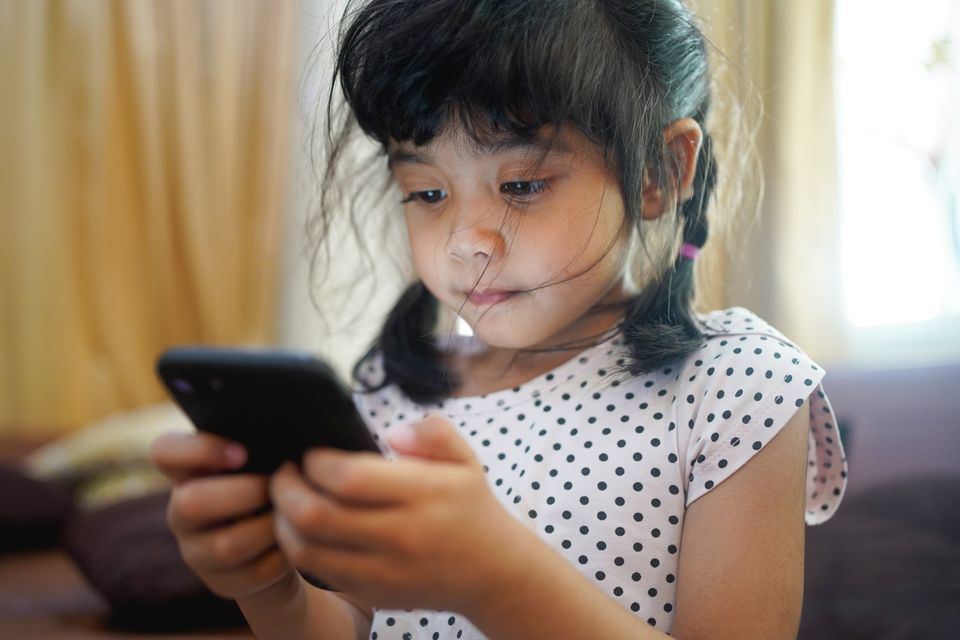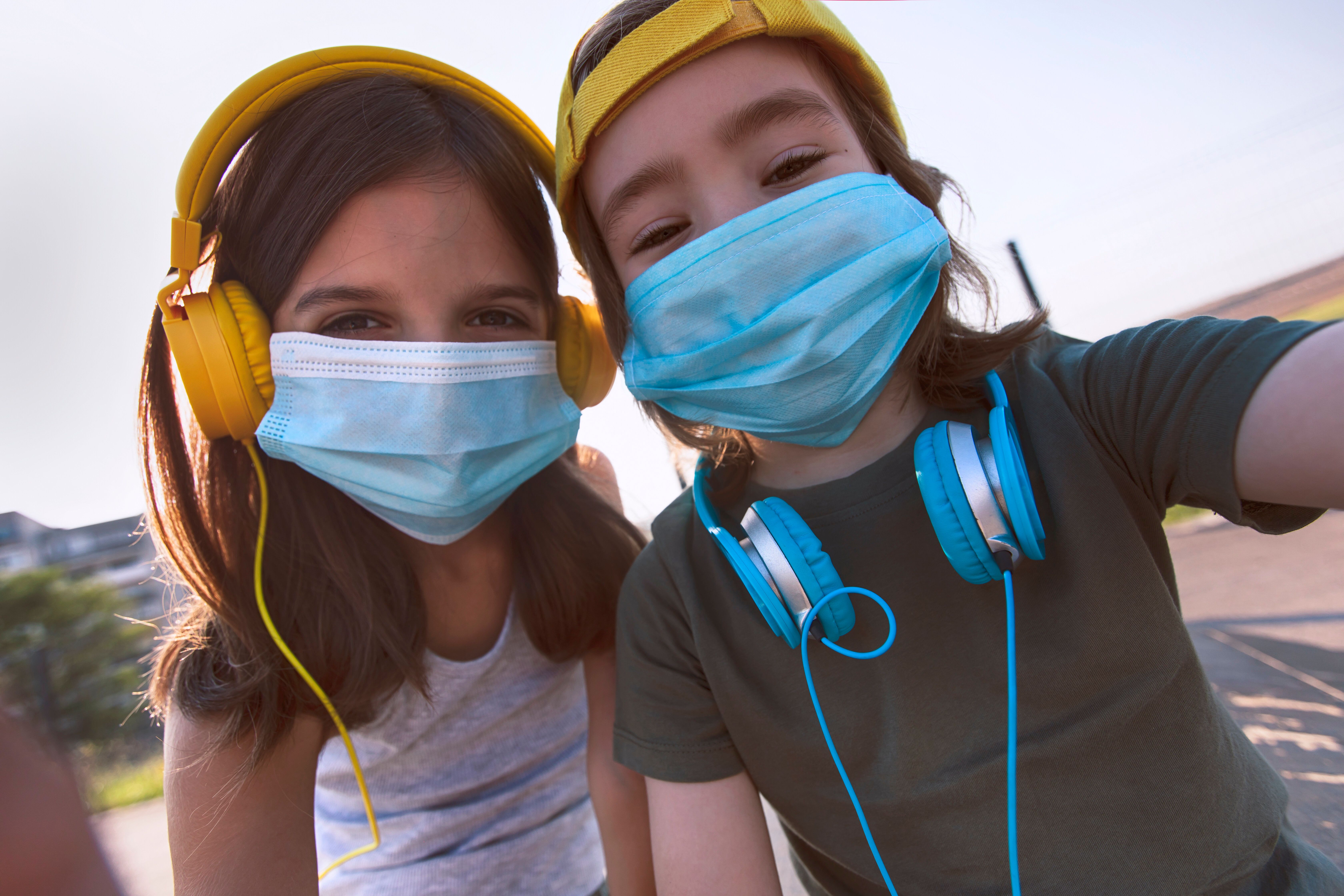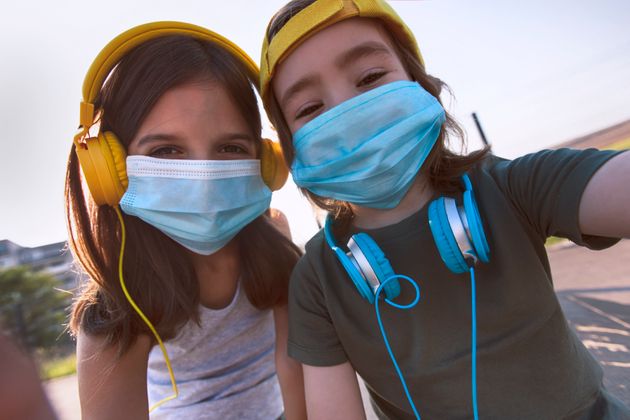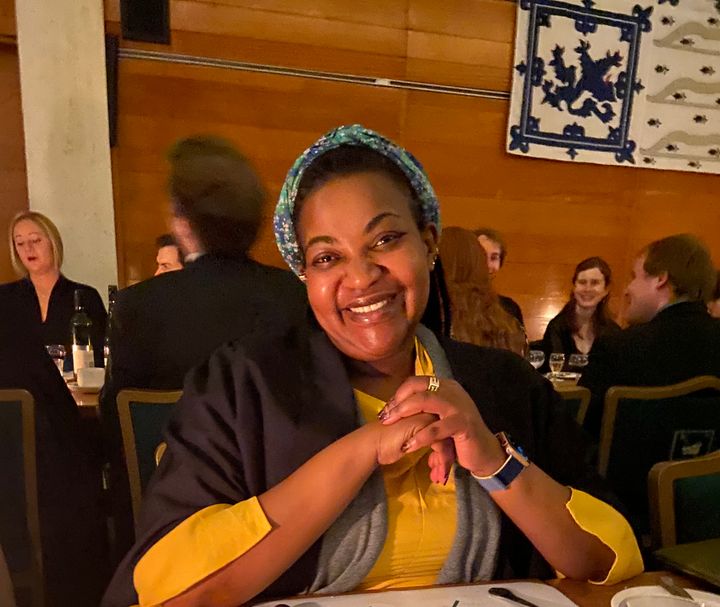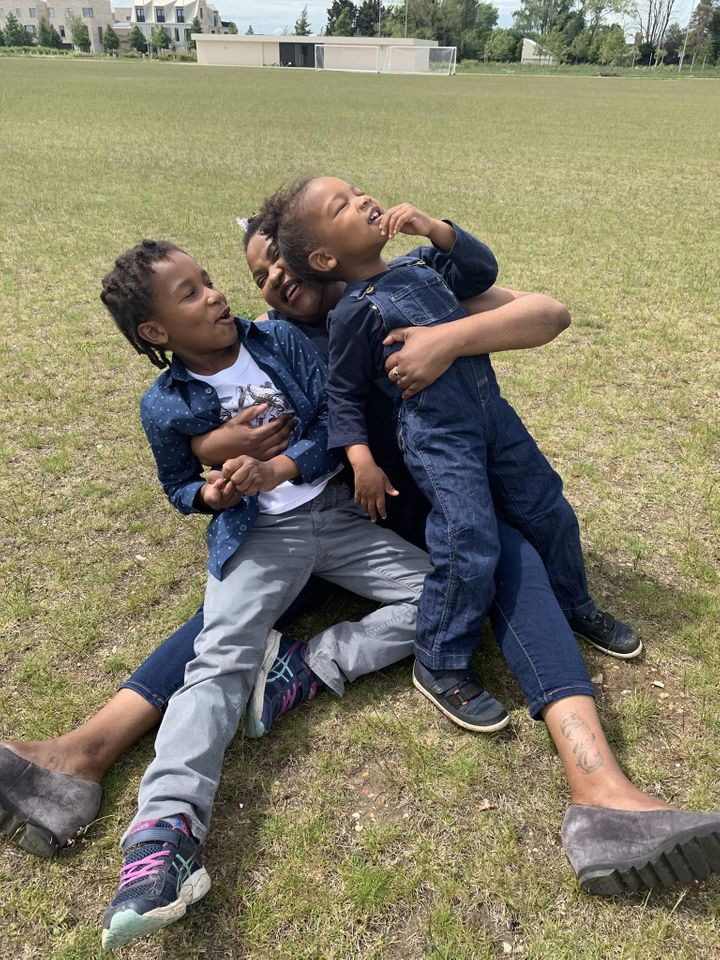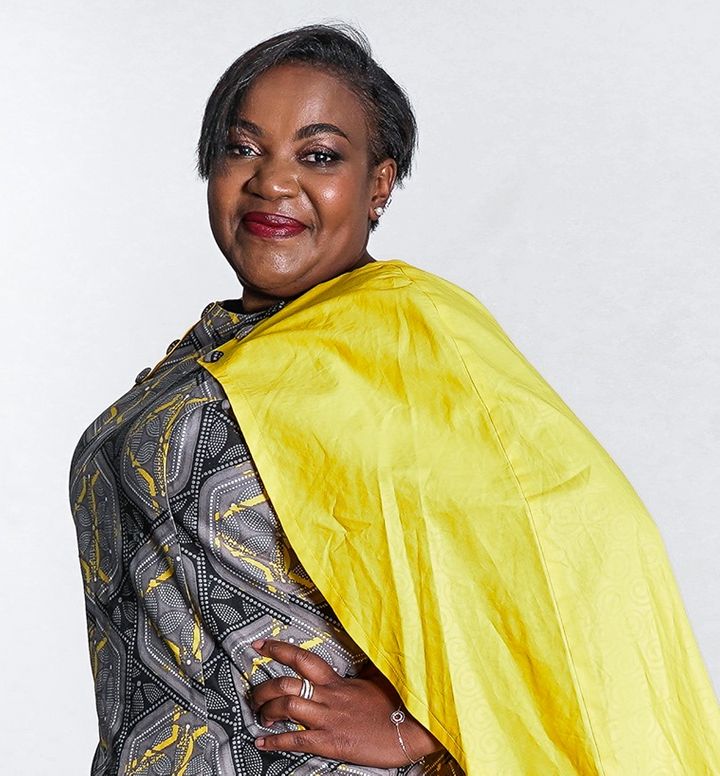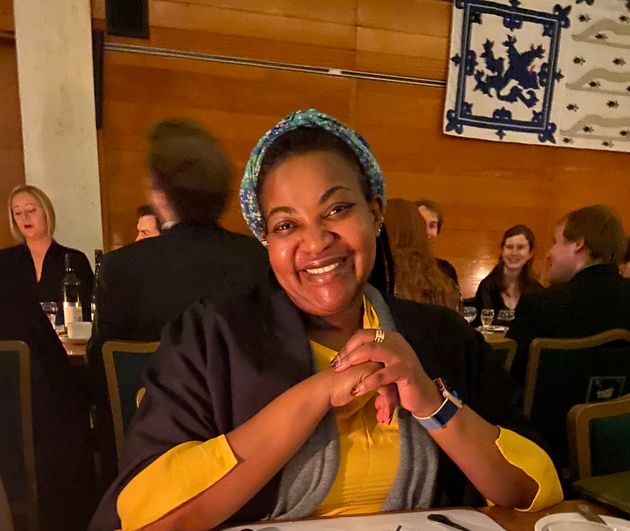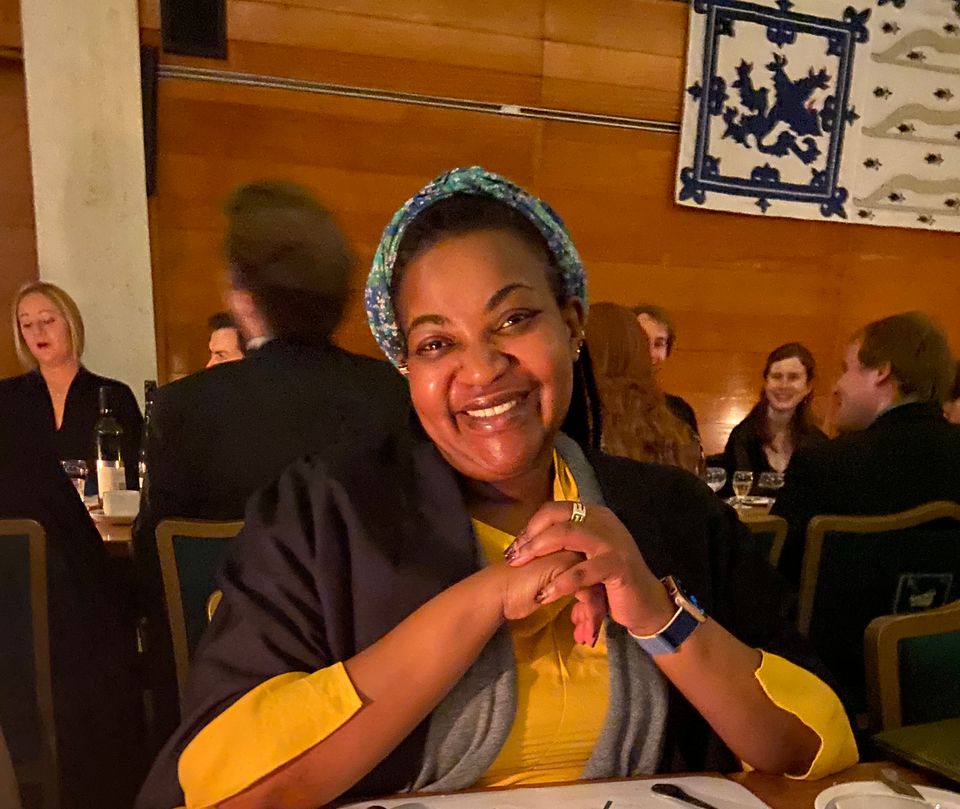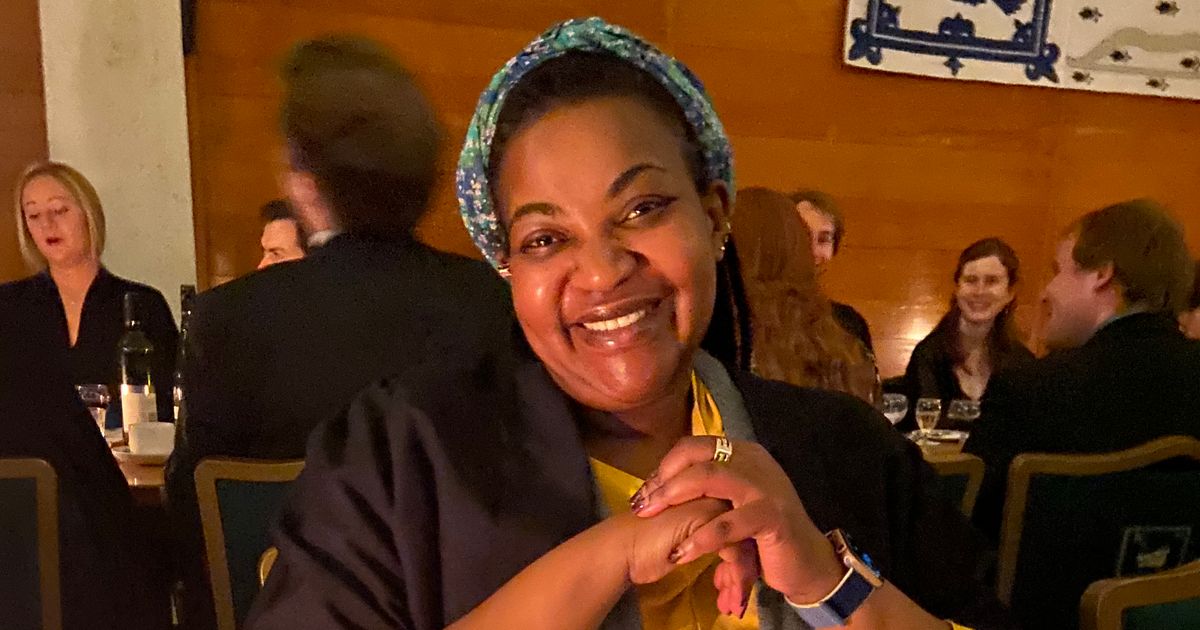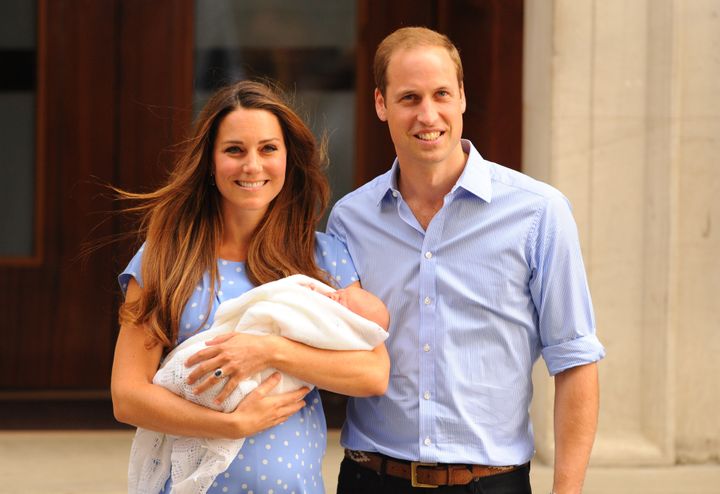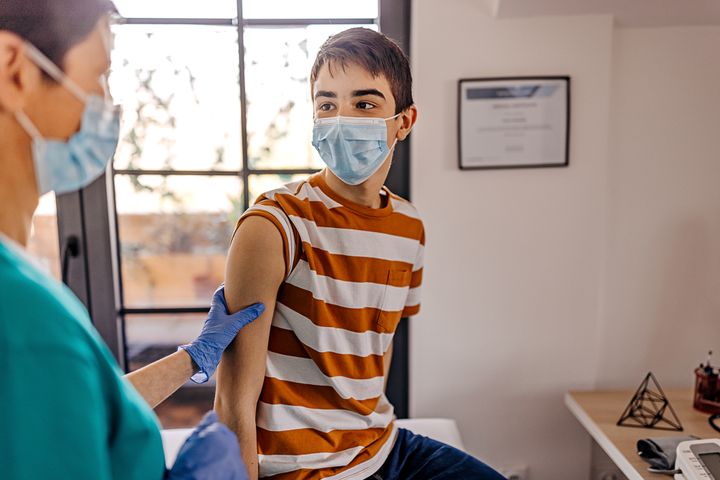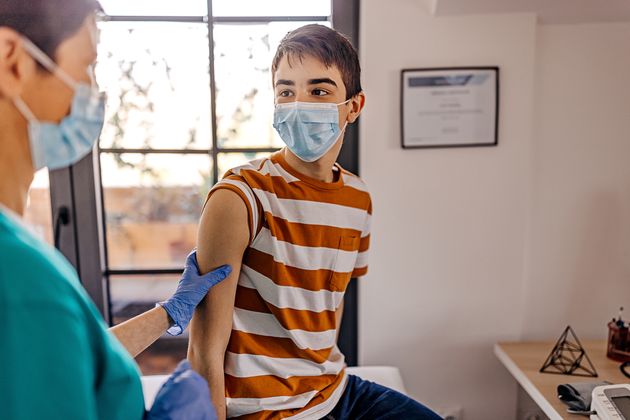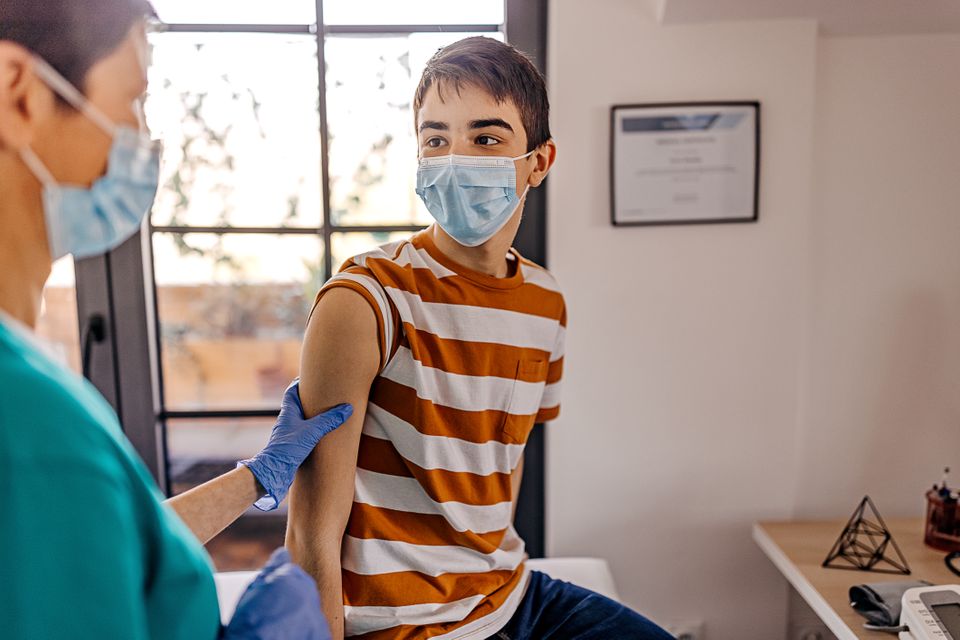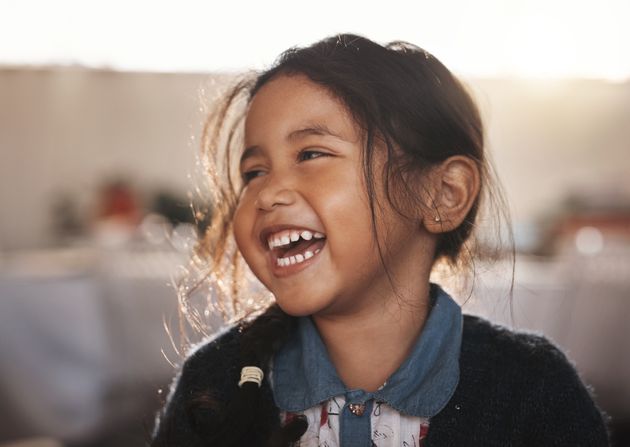Packing a nutritionally balanced lunch that your kids will actually eat can sometimes feel like a crapshoot – the second you think you have your lunch game on lock, that’s the day they’ll come home with the elaborate bento box you packed them still intact.
As parents, we feel responsible for our kids’ health and that understandably translates into a lot of stress over what they’re eating or not eating.
Advertisement
“Your job as a parent is to offer healthy, nutritious foods as often as possible, on a consistent schedule,” said Aubrey Phelps, a functional perinatal and paediatric nutritionist. “But it’s up to your child to decide what to do with them.”
The best way to grow a happy, healthy eater is to keep offering what you’d ideally want your child to eat – and don’t take it personally if they choose not to eat it. When it comes to school lunches, Phelps recommends keeping it simple: “Focusing on specific vitamins or minerals can miss the big picture,” she said.
If you use the following macronutrient formula to pack your kids’ lunch and vary the sources of each, you’re almost guaranteed to have a healthy, balanced meal that will keep them focused and energised at school.
The Formula
Advertisement
50% veggies and fruit
25% lean protein and healthy fats
25% starch or whole grains
+ fluids
The ideal school lunch formula is often referred to as the plate method – a visual representation of what a well-rounded meal looks like.
“Every child needs a healthy balance of macronutrients (protein, carbs, fat) and vitamins and minerals,” Nicole Avena, a New York-based health psychologist and author of What to Feed Your Baby and Toddler told HuffPost. “The plate method helps ensure that no one nutrient is overpowering the rest.”
If your child has a lunch that’s mostly carbs or whole grains and some protein, for instance, they’ll likely feel tired in the afternoon. Carbs not only make you sleepy due to their ability to increase tryptophan and serotonin levels in the body (both of which are sleep-inducing compounds), but they can quickly raise your blood sugar, and the subsequent drop can leave you feeling tired, Avena said. Even a larger portion of protein and smaller amount of carbs can make your child sleepy.
Advertisement
“Proteins and fats are often more difficult to digest than carbs and nutrients that come from fruits and vegetables,” Avena said. “This can potentially lead to fatigue, since your body needs to use up more energy during digestion.”
Making sure their lunchbox contains every element of this formula means your child will consume the balance of nutrients necessary to focus and enjoy their school day without feeling sluggish.
Let’s break down the formula.
Veggies And Fruit – 50%
Try: carrot sticks, bell pepper strips, grape tomatoes, cucumber, grapes, apple slices, watermelon, berries.
The biggest portion, or half of the lunchbox, should contain 2-3 different kinds of vegetables and fruit – preferably, two vegetables and one fruit, as children’s daily intake of vegetables tends to be lower than their fruit intake, according to a 2019 review published in the American Journal of Lifestyle Medicine.
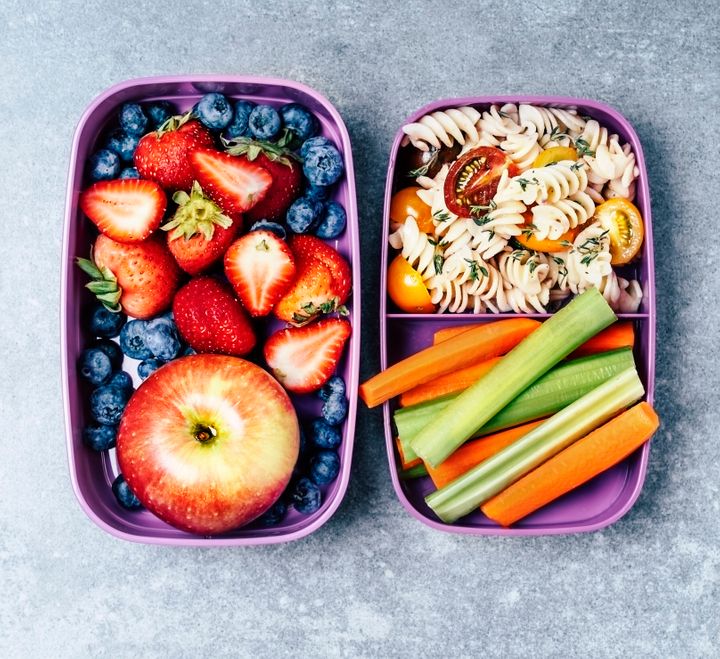
“Vegetables and fruit provide antioxidants to fight off disease, including vitamin A for skin and eye health, lutein for eye protection (from blue light) and vitamin C for immunity,” said Amy Shapiro, New York City-based registered dietitian and founder of Real Nutrition.
Produce is also rich in water to keep kids hydrated, and contains fiber for sustained energy and improved digestion.
Lean Protein And Healthy Fats – 25%
Try: chicken, turkey, tofu, edamame, hard-boiled eggs, Greek yogurt, string cheese, nuts, seeds.
Advertisement
“Protein is the nutrient that takes the longest to digest, so having it as part of your child’s lunch will keep them full and their blood sugar stable,” Shapiro said.
Depending on the type of protein provided, it may also contain amino acids for growth and muscle repair, zinc for immunity, and iron and vitamin B12 for energy.
On to healthy fats: “Fat helps to keep you full, provides energy and allows for the bioavailability and absorption of many of the vitamins we eat through other foods,” Shapiro said. “By including fat in your child’s meals, you’ll help them stay full longer and be more energized.”
Enough fat is often cooked into your food or a part of the meal already, so it doesn’t necessarily need to be a separate addition, Shapiro said. (Eggs and nut butters, for example, offer a one-two punch of protein and healthy fats.)
Starch Or Whole Grains – 25%
Try: whole grain bread, cereal, granola, brown rice, quinoa, crackers, air-popped popcorn.
“Carbohydrates are broken down into sugar in the body, providing energy for immediate use and reserves for later use,” Shapiro said. “Ideally, whole grains or whole wheat should be included, as they’re rich in nutrients, digest more slowly and are high in fiber to aid in balanced blood sugar and digestion.”
They also contain B vitamins, which are important for energy and metabolism.
But if your child isn’t the biggest fan of whole grains, don’t fret: “Vegetables and fruits also fit into the carbohydrate category, so you don’t always have to think about bread or grains if your child doesn’t like them,” Shapiro said.
Starchy vegetables and fruit include carrots, corn, potatoes, winter squash and bananas.
Advertisement
Fluids
Even just mild dehydration can cause a decline in cognitive function.
“Being dehydrated can affect reaction time, attention, memory and reasoning,” Avena said. “Children are potentially more at risk of dehydration because they’re more likely to be dependent on someone else for their fluid intake.”
Send your child to school with a large water bottle so they get enough fluids during the school day — and remind them to keep it at their desk.
“Out of sight equals out of mind,” Phelps said. “I also recommend a water bottle that’ll keep the water cold or room temp (however your child prefers) so they don’t get turned off by drinking warm water.”
It doesn’t have to be plain water, either: They might prefer fruit-infused, coconut or sparkling, or a different liquid entirely, like milk or 100% fruit or vegetable juice.
“If your kid really struggles to drink enough, consider sending hydrating foods,” Phelps said. “Soups, smoothies, juicy fruits like grapes and melon, bell peppers, even yogurt, are all hydrating options that can help keep kids on track.”
The easiest way to measure out lunchbox portions
Children are intuitive eaters – they’ll eat when they’re hungry and stop when they’re full, with the amount of lunch they eat fluctuating day-to-day – so there’s really no such thing as perfect portions to pack.
The easiest way to ensure you’re in the ballpark? Use your child’s hands as your guide.
Advertisement
Think of your child’s hands as a plate – palms up, pinkies together. Half of their “plate” (or one hand) should be veggies and fruits. The palm of the other hand protein, and fingers complex carbs.
“Using this method, the amounts needed change as your child grows (and so will their needed portion sizes),” Phelps said.
She’s also a fan of the bento box-style lunch containers, which are already sectioned off into child-friendly portions. You can fill one section with vegetables and fruit, one with protein and healthy fats and one with starch or whole grains sans guesswork. These ratios don’t necessarily need to be tweaked if your child has specific dietary needs.
“Appropriate substitutions are needed to ensure they have a filling and nourishing meal, regardless of the nutrition modifications that are needed,” Maya Feller, a Brooklyn-based registered dietitian, told HuffPost. The overall rule of thumb, however, generally stays the same.
Ratios and formulas should only be used as a guideline, not a hard rule, because children themselves should dictate how much they need to eat.
“If parents find their child is consistently eating 100% of foods packed throughout the day, it could be a sign they’re going through critical stages of development and require more energy,” Feller said.
It’s also important to keep in mind this is one meal out of their entire day — so if a lunchbox comes home practically full, it’s not game over. “We want to look at nutrition over the course of the day, not one meal,” Shapiro said.
When in doubt, you can check in with your kids: Ask how lunch was and make food and portion modifications based on the feedback given.
Remember: nutrition is cumulative
View your child’s nutrition over the course of a week, not a day – or a meal. “They’ll get what they need over time,” Shapiro said. “Some days are great and some days are off and it all balances out.”
Advertisement
The most important thing a parent can do is create a good relationship with food. That’s more important than creating the perfect lunch.
“Kids tend to be more black and white thinkers, so I don’t recommend focusing on ‘healthy’ or ‘unhealthy’ or ‘fun’ foods,” said Krystyn Parks, a California-based paediatric registered dietitian. “All food is food. All foods have a purpose.”
Perfection isn’t the goal – setting routines that work for you and your child are.
“Find your own routine, get your kids involved in the choices and don’t measure yourself against another person,” Feller said. “No one day – or meal – is going to be perfect in terms of nutrition.”




